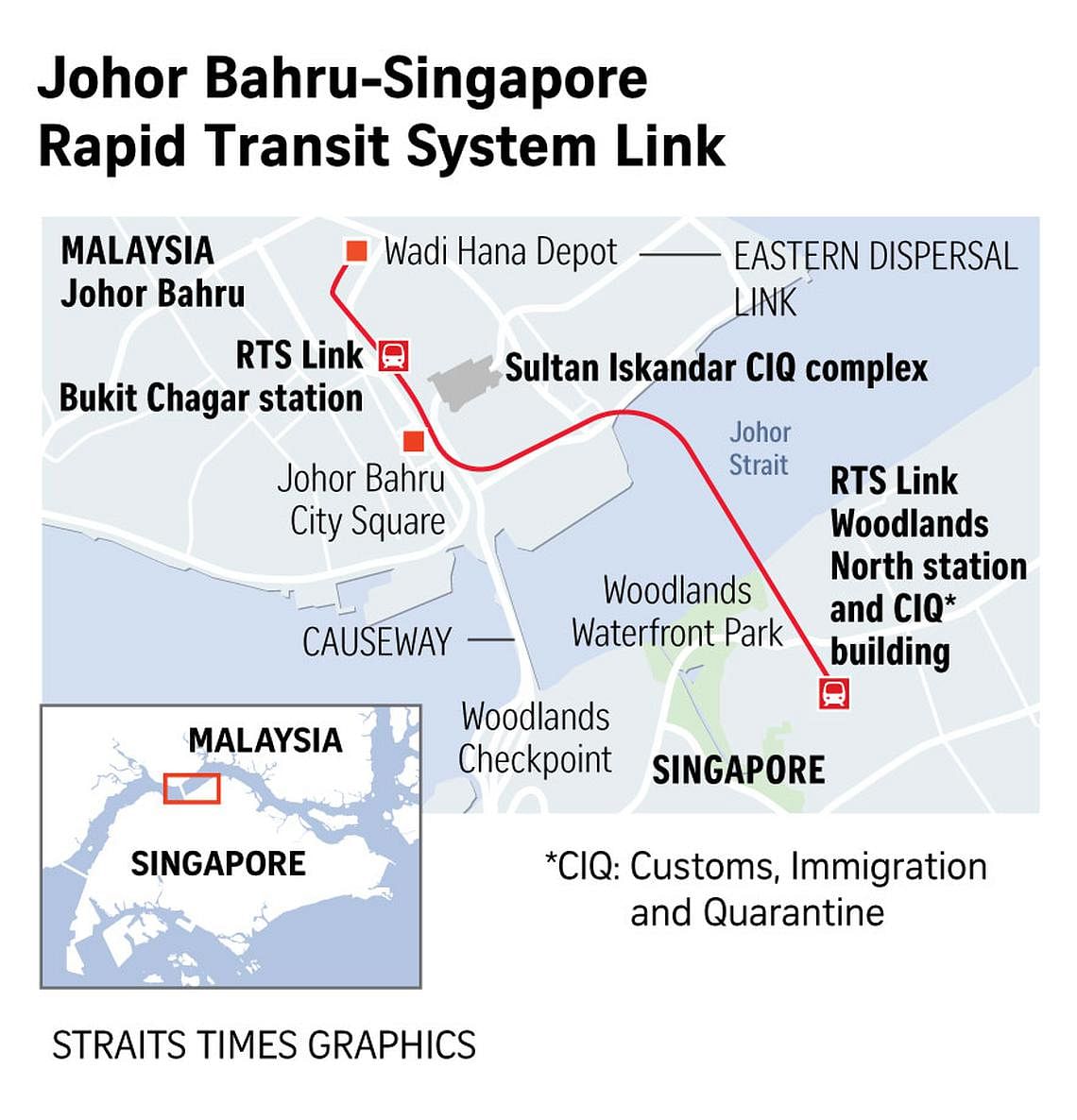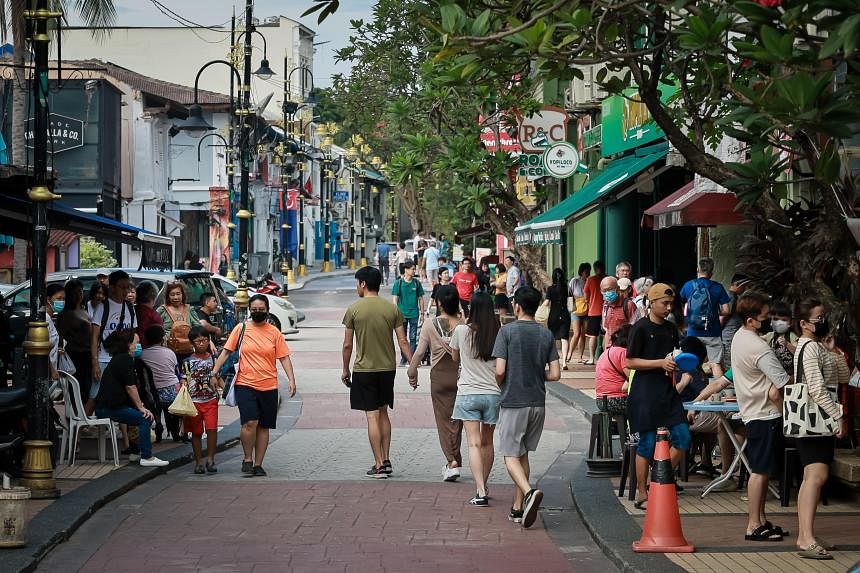JOHOR BAHRU – Amid swirling dust, machinery noise and traffic diversions, the construction of the Johor Bahru-Singapore Rapid Transit System (RTS) Link station next to the JB checkpoint has injected a new level of chaos into the area.
Business at nearby eateries in Jalan Lumba Kuda in Bukit Chagar, where the station will be located, has been affected, with road closures at times preventing drivers from visiting their usual haunts.
But the stall owners say they can put up with the disruption – so long as the RTS Link brings in more customers from Singapore when it is completed by end-2026, as scheduled.
“More crowds will definitely be good for business,” said Mr Lim Ah Di, who has been running the Shang Ji braised duck stall since 1983.
Looking at the heavy lift cranes in the construction zone, Mr Lim told The Straits Times he is hopeful that the RTS Link will ease traffic congestion on the Causeway, making it easier for his “old customers” from Singapore to drop by for his duck noodles.
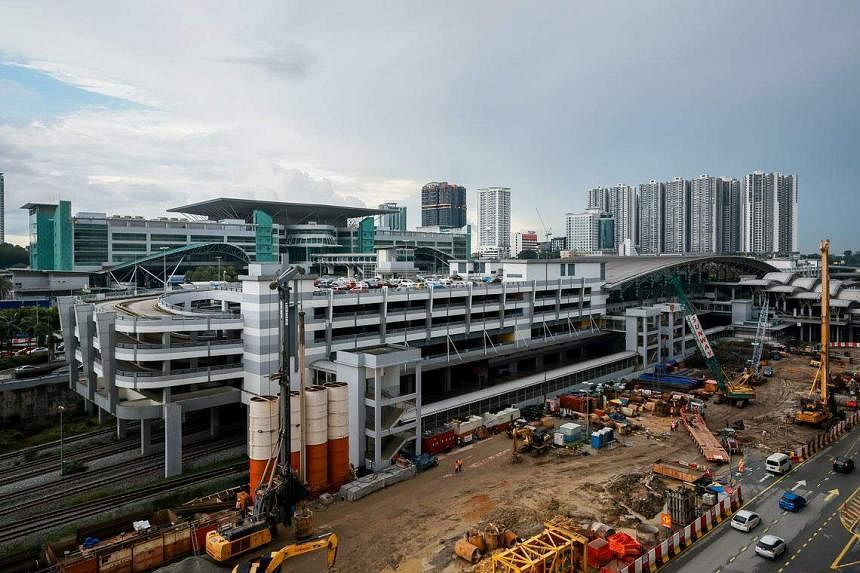
A drinks stall assistant walked by and quipped that “more people means more work”, drawing a laugh from Mr Lim.
The highly anticipated RTS Link can carry 10,000 passengers every hour from the Woodlands North MRT station in Singapore to the Johor Bahru station in Bukit Chagar, and vice versa. The ride is expected to take just six minutes.
On Singapore’s side, construction reached the 50 per cent mark in May. On Malaysia’s side, 55 per cent of the rail structure and viaduct have been completed as at November, the Johor state government said.
At the 10th Singapore-Malaysia Leaders’ Retreat at the Istana in October, Prime Minister Lee Hsien Loong and Malaysian Premier Anwar Ibrahim expressed confidence that the third land link between the two countries will be completed on time.
Mr Beanz Ho, a designer and retailer, said he is hopeful that the shorter, smoother commute with the RTS Link could bring in more day-trippers with higher spending power from Singapore.
“Some (local) customers might not understand what we are offering and question why our clothes are more expensive than other brands,” said the graphic designer, who curates designer clothing pieces at the Bev C Multi-Label Store in Jalan Tan Hiok Nee.
In contrast, customers from Singapore do not agonise over the prices as much, he added.
The quaint Tan Hiok Nee heritage street is about a 15-minute walk from the upcoming RTS Link station.
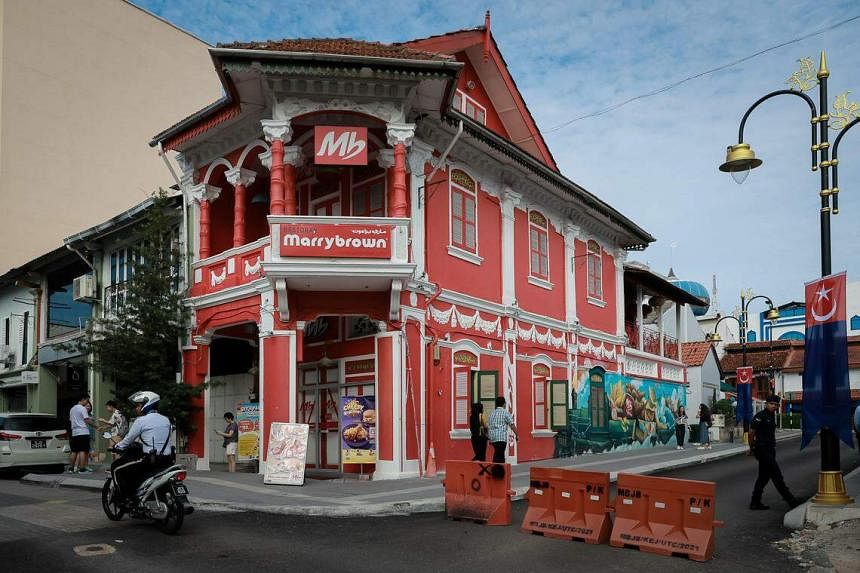
A street away, in Jalan Dhoby, state government agency Tourism Johor opened its first official souvenir shop on Nov 28, ready to entice even more tourists with its collections of batik fabric from Kulai and string instruments called gambus from Batu Pahat.
Not all business owners in the area are optimistic that they will get a slice of the potentially larger pie.
Mr Phang Y. S, a watch dealer and optician operating out of Jalan Trus for more than 40 years, said: “Those who will benefit most directly are restaurants and eateries. When people come from Singapore, they want to eat here as it’s cheaper most of the time.
“But not everyone will be looking for things like clocks or watches.”
Mr Phang added that the hype over RTS Link could see landlords demanding higher rent from retailers in prime locations near the light rail station.
The ease of travel could also encourage more Johor Bahru residents to seek work in Singapore, he added, especially if the Malaysian ringgit continues to slide against the Singapore dollar.
Some Johor Bahru residents believe the RTS Link will bring benefits that go beyond easier commutes and economic growth.
Sin Chew Daily veteran journalist and author Su King Siang said he hopes more tourists who arrive at Bukit Chagar will learn about its history as a home to early migrant workers and some of its prominent residents.
“Not many people know the family of Robert Kuok used to live here,” he told ST at the Chinese Heritage Museum near Jalan Tan Hiok Nee.
The museum is the former home of Mr Kuok, Malaysia’s richest man who is widely known as Asia’s “sugar king”. His family used to run a sundry shop on the building’s ground floor.
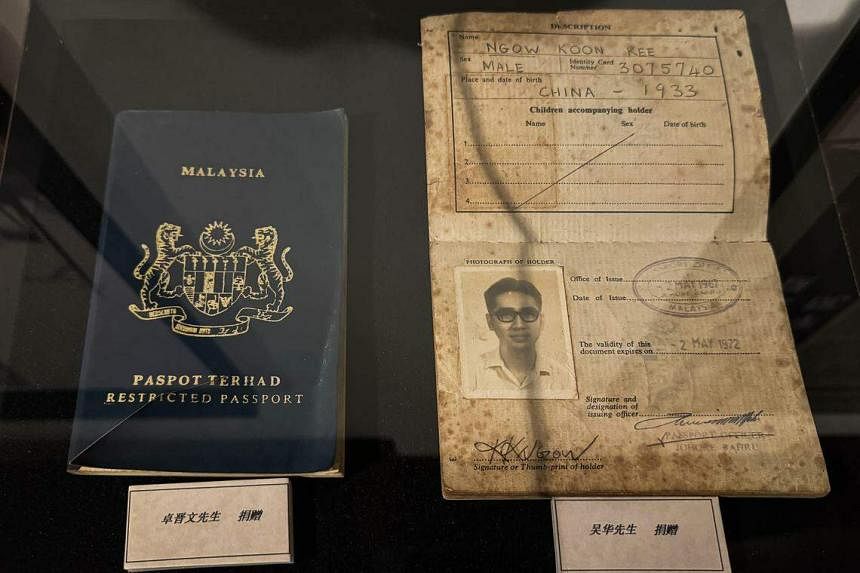
Dr Bak Jia How, a research fellow in history at the Southern University College, said Johor and Singapore have always enjoyed mutually beneficial trade ties, starting with gambier in the 19th century.
“The relationship between Johor and Singapore has never broken off,” he added, noting that the Causeway had seen partial closures only at the start of the Japanese Occupation in 1942 and the Covid-19 pandemic from 2020 to 2022.
He recalled fondly how he used to travel to Woodlands with his parents every weekend in the late 1980s to buy cheap and fresh fruit.
That was a time when people could cross the Causeway without worrying about being stuck in traffic or queues for hours at immigration, he said.
While the RTS Link is widely seen as the answer to the congestion issue, Dr Bak said it is better to be cautiously optimistic.
“The current assumption is that once the RTS is here, traffic will be free-flowing.
“What if there are many faults and delays? What if there are not enough trips?” he said, adding that the project will be a game changer only with the mutual understanding and close cooperation of both governments.
